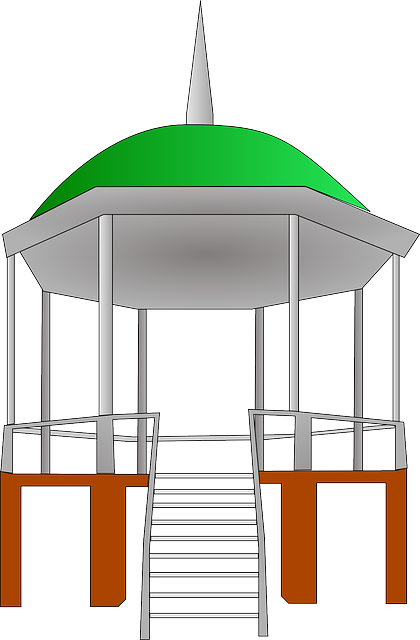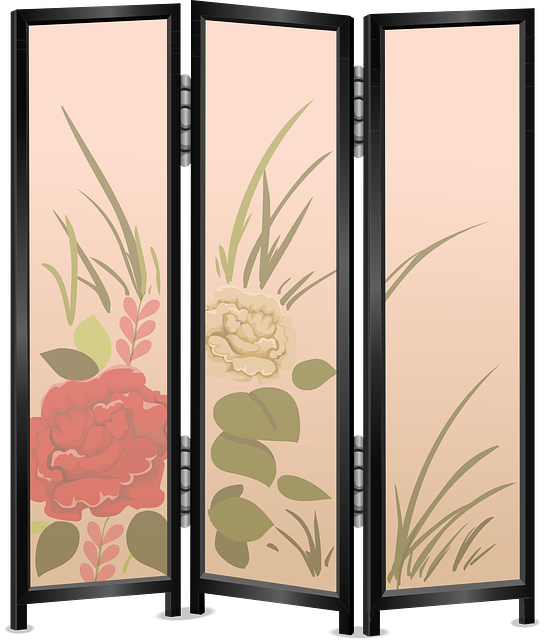Metal partition designs have evolved dramatically over history, reflecting cultural shifts and technological advancements. From functional origins in ancient times to modern techniques, these partitions have continually transformed. Today, professional-grade decorative metalwork blends historical aesthetics with modern forms, offering endless possibilities for both function and art. High-quality metals like stainless steel, brass, or copper, combined with skilled craftsmanship through welding, forging, and engraving, create stunning partitions that enhance spaces. These designs are sought after for their unique beauty and testament to artisan skill, suitable for commercial and residential settings alike, providing both separation and artistic expression in modern interiors.
“Uncover the timeless art of professional-grade decorative metalwork, where skill and creativity merge to craft stunning metal partition designs. This article delves into the historical roots of metal partitions, exploring their evolution from architectural accents to modern design statements. We guide you through the art, materials, and techniques that define this craft, offering insights for impactful results. Discover how metal partition designs seamlessly integrate with contemporary spaces, enhancing aesthetics and functionality.”
- Understanding Metal Partition Designs: A Historical Perspective
- The Art and Craft of Professional Decorative Metalwork
- Choosing the Right Materials and Techniques for Impactful Results
- Incorporating Metal Partition Designs in Modern Spaces
Understanding Metal Partition Designs: A Historical Perspective

Metal partition designs have evolved over centuries, reflecting cultural shifts and technological advancements. Historically, partitions were primarily functional, serving to delineate spaces within homes, temples, and castles. These early metalworks often boasted intricate patterns, inspired by natural elements like leaves, vines, and architectural motifs popular during specific eras. Crafted with iron, bronze, or silver, they symbolized wealth and power, adorning the grand halls of royalty and nobility.
As time progressed, metal partition designs became more diverse. The Industrial Revolution introduced new techniques and materials, leading to simpler, yet robust designs that catered to the functional needs of factories and urban spaces. However, the late 19th and early 20th centuries saw a revival of ornate metalwork in architecture, with Art Nouveau and Art Deco movements incorporating elaborate patterns into partition designs. Today, professional-grade decorative metalwork combines historical aesthetics with modern techniques, offering endless possibilities for both functional and aesthetic purposes.
The Art and Craft of Professional Decorative Metalwork

Professional decorative metalwork is a captivating art form that transcends mere functionality, transforming spaces into stunning visual experiences. Crafted with precision and an eye for detail, it involves the intricate manipulation of metals like steel, aluminium, and brass to create beautiful, often custom, designs. Metal partition designs, in particular, have evolved from functional dividers to sophisticated decorative elements, enhancing architectural aesthetics.
Skilled artisans employ techniques such as welding, forging, and engraving to produce intricate patterns, textures, and motifs. These metal partitions can serve various purposes—dividing spaces, directing traffic, or simply as eye-catching focal points. The beauty lies in the interplay of light and shadow on the metal surfaces, creating depth and dimension that captivate viewers. Each piece is a testament to the artisan’s skill and creativity, making professional decorative metalwork a sought-after element in both commercial and residential settings.
Choosing the Right Materials and Techniques for Impactful Results

When crafting professional-grade decorative metalwork, selecting the right materials and techniques is paramount to achieving impactful results. For stunning metal partition designs, consider high-quality metals like stainless steel, brass, or copper, known for their durability and aesthetic appeal. Each metal offers unique characteristics; stainless steel, with its resistance to corrosion, is ideal for both indoor and outdoor applications, while brass adds a warm, rich finish that enhances traditional or contemporary themes.
Techniques play an equally vital role in bringing these designs to life. Techniques such as welding, stamping, and intricate cutouts enable the creation of complex patterns and structures. Welding provides structural integrity, allowing for robust partitions, while stamping and cutting techniques facilitate the production of delicate details that catch the eye. Combining these materials and methods allows for the realization of truly remarkable metal partition designs, transforming spaces with artistic flair and lasting quality.
Incorporating Metal Partition Designs in Modern Spaces

Incorporating metal partition designs into modern spaces offers a unique blend of aesthetic appeal and functional separation. These decorative metal partitions have evolved from traditional dividers to become statement pieces that enhance both residential and commercial interiors. Crafted with precision, they add a touch of industrial chic while providing privacy and defining areas within an open layout.
Metal partition designs come in various styles, from sleek minimalism to intricate geometric patterns, allowing designers and homeowners to choose the perfect fit for their taste and space. Their versatility makes them suitable for dividing large rooms into cozy nooks, creating intimate dining areas, or establishing dedicated workspaces within a vibrant open-concept living area.
Metal partition designs have evolved from historical roots, becoming a modern art form that enhances both traditional and contemporary spaces. By understanding the historical perspective and mastering the craft of decorative metalwork, professionals can create stunning, impactful pieces. The right materials and techniques are key to achieving exceptional results. Incorporating these decorative elements into modern spaces allows for unique, visually appealing partitions that serve both aesthetic and functional purposes, making them a game-changer in interior design.
